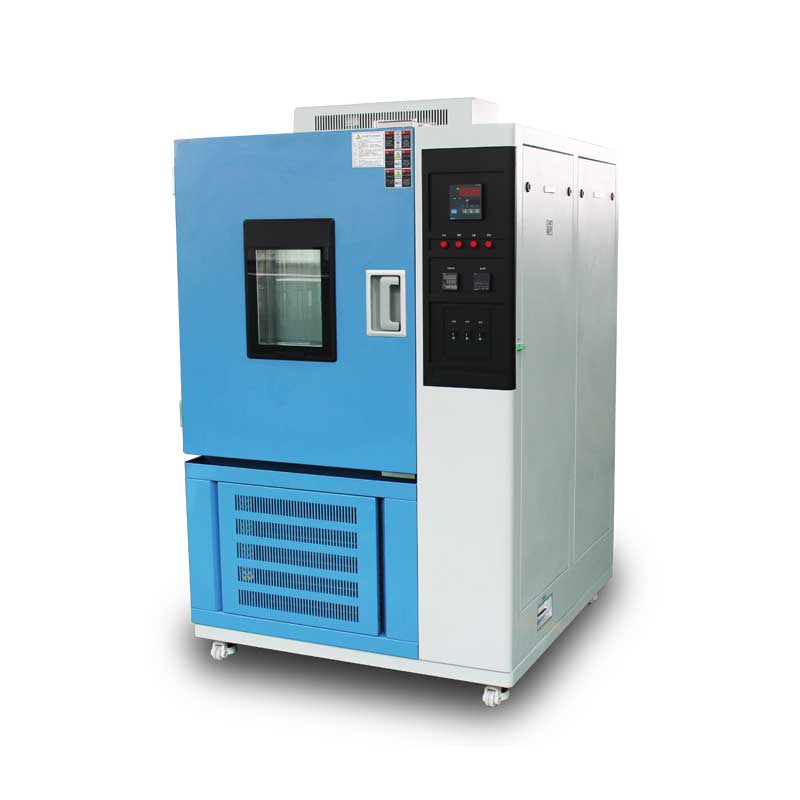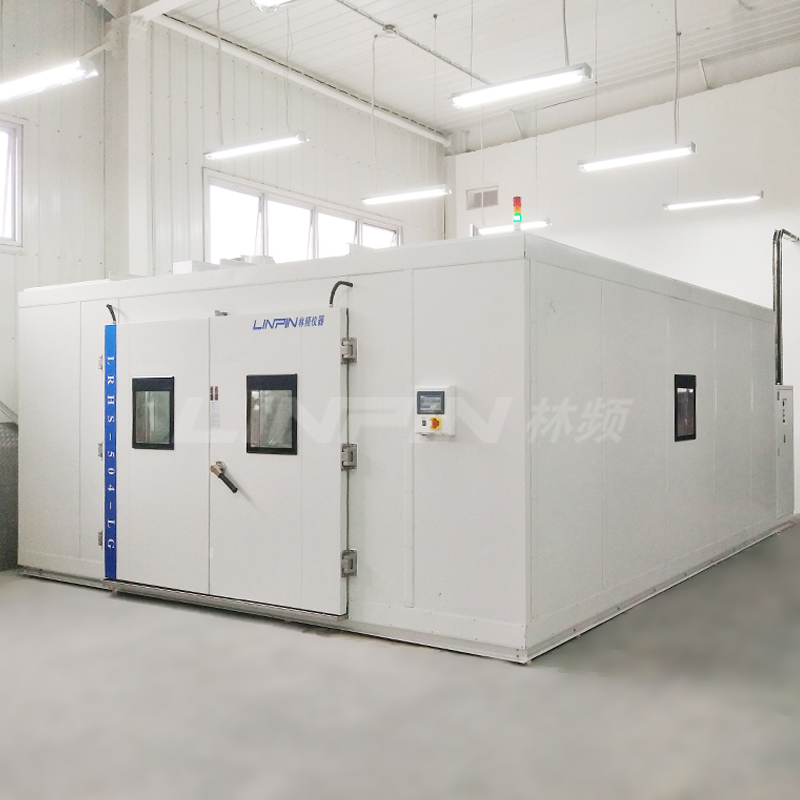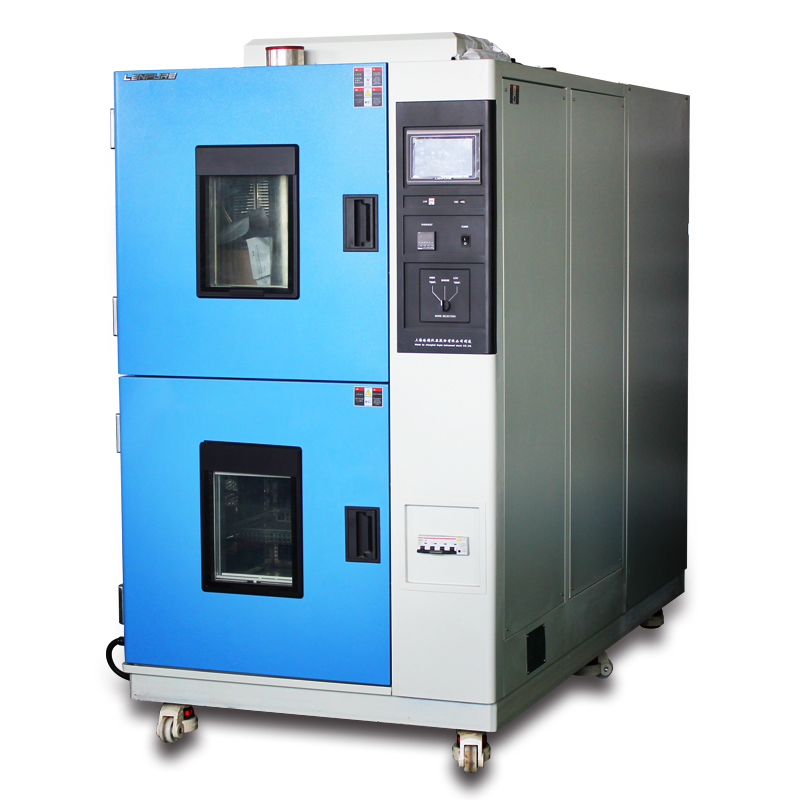The Significance of Low-Temperature Test Chambers in Product Testing
Author:LINPIN Update Time:2025-04-29 Source:LINPINIn the processes of product development, quality control, and environmental adaptability verification, low-temperature test chambers play a critical role. They simulate extreme cold environmental conditions, helping engineers and manufacturers evaluate product performance, reliability, and durability under such conditions. This ensures that products can operate stably across various climates worldwide. Below is a detailed explanation of the specific significance of low-temperature test chambers in product testing:
-
Verifying Product Cold Resistance
The most direct function of a low-temperature test chamber is to verify a product’s ability to function in cold environments. By setting specific low-temperature conditions (e.g., -40°C, -60°C, or even lower), it tests whether the product can start, operate, and maintain expected performance metrics. This is particularly important for electronics, machinery, automotive components, and other products intended for use in cold regions. -
Assessing Material Performance Changes
At low temperatures, the physical and chemical properties of materials may change, such as contraction, brittleness, or altered conductivity. Low-temperature test chambers simulate these conditions, helping researchers evaluate material behavior in cold environments. This enables optimization of product design, selection of more suitable materials, or implementation of necessary protective measures.

-
Ensuring Product Reliability
Prolonged exposure to low temperatures may accelerate aging of internal components, degrade sealing performance, or cause mechanical parts to seize. Periodic or continuous low-temperature testing in these chambers simulates long-term usage under extreme conditions, identifying potential issues in advance and ensuring high reliability in real-world applications. -
Compliance with Standards and Regulations
Many industries and products must adhere to specific standards and regulations, which often include requirements for performance testing under extreme environmental conditions. The use of low-temperature test chambers is a key step in meeting these requirements, helping companies obtain certifications and access broader markets. -
Optimizing Product Design
Feedback from low-temperature testing allows engineers to thoroughly understand product limitations in cold environments, leading to design improvements. This may involve enhancing thermal management, strengthening sealing performance, or selecting more cold-resistant components, thereby boosting overall product performance and market competitiveness.
In summary, the significance of low-temperature test chambers in product testing extends beyond verifying cold resistance. By simulating extreme environments, they enable comprehensive evaluation of product reliability, material behavior, and drive continuous design optimization—ensuring stable operation and global applicability of products.





